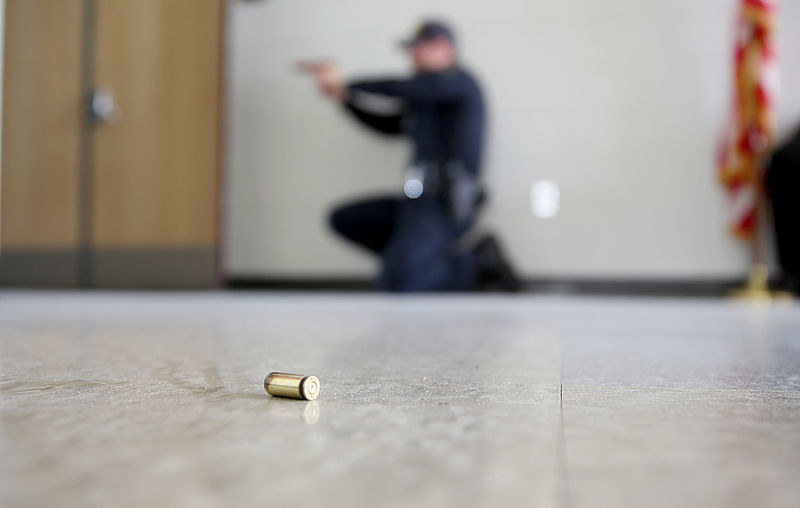Can a school censor a student's threatening speech?
If this student’s speech is making you and others feel unsafe, the school can discipline the student. According to the Supreme Court, students have the right to feel safe in their learning environment, so a school can step in when speech is a true threat when it causes an actual disruption, or when it’s likely that the speech will cause a disruption in the future. Speech likely to cause a disruption in the future is also called foreseeable disruption.
- True Threats - A true threat is a statement that a reasonable person would think shows an intent to harm someone else or a group of people. Here, if a reasonable person would think that the student is threatening violence against the school, the First Amendment would not protect his speech.
- Actual Disruption - Even if the statements are not direct threats targeting a specific person, the school can step in if the statements are causing others to feel unsafe. If you don’t feel safe in school, you can’t concentrate on learning, and that is an actual disruption to the learning environment.
- Foreseeable Disruption - A school can even step in when disruption hasn’t happened yet, but is likely to happen in the future. Because student safety is a top priority, a statement that could likely turn into violence will be treated as a foreseeable disruption.
In the wake of so many mass shootings in recent years, schools take even the slightest threat to student safety very seriously, which means they have wide authority to deal with threatening speech. If you ever hear something that makes you feel unsafe, report it! School officials are trained to handle situations like this. Worst case scenario, the incident you report turns out to be nothing, but by the same token, you could help prevent a dangerous situation and save a lot of people!
For more on true threats, disruptive speech, and real cases of students punished for these types of speech, keep scrolling.
True Threats
Schools are responsible for the safety and well-being of their students, so even though students do have some First Amendment rights to free speech, schools have authority to step in where that speech threatens other students or the learning environment.
The First Amendment does not protect true threats or targeted threats in a school setting. A true threat is a statement that a reasonable person would think shows an intent to harm someone else or a group of people. Schools can punish this speech if it is directed at a specific person or at the school in general, as long as a reasonable person would view it as a threat.
Actual Disruption
For your question, the fact that students are feeling afraid is probably enough for the school to say that the speech is causing a disruption. If students are too worried about sitting in a room with someone they think could be violent, they will not be able to concentrate on learning. That is disruptive to the learning environment. The following two cases define and describe speech that is substantially disruptive.
In Tinker v. Des Moines Independent Community School, the Supreme Court ruled that a school can restrict student speech if it creates or foreseeably could create a substantial disruption to the school. A substantial disruption can be anything that stops a school from furthering its educational mission. This can be anything from causing a delay in the school day to causing student distraction.
Remember, you can still get in trouble for what you say when you aren’t at school. This is especially true for social media posts. In another case, R.L. v. Central York School District, after school had been dismissed, a student sent out a joking tweet after a bomb threat: "Plot twist, bomb isn't found and goes off tomorrow." The school took the student’s post seriously and delayed classes the next day to do another safety sweep of the campus. The court found that this caused actual disruption to the school because it lead to an additional safety sweep and classes being delayed.
Foreseeable Disruption
Even if what a student says isn’t causing disruption right now, a school can still punish speech that could foreseeably cause a disruption in the future. In other words, if there is a likely possibility that this speech could lead to problems farther down the road, the school can censor it. Because school violence has become more and more common, schools take any language that even hints at future violence as a very serious threat.
For example, in N.Z. v. Madison Board of Education, school administrators found a private, online group chat between a group of students that was filled with racial hate speech, sexually aggressive language, photos of weapons, and discussion of other school shootings. The students also left a binder in the hallway of the school after a bomb threat with a reference to another school shooting written on the cover. The court found that even though the group chat had not yet caused disruption, the violent and threatening nature of the speech showed that future disruption was a highly possible.
For your question, even if the student’s comments are too vague to be considered a true threat or haven't yet caused an immediate actual disruption, it’s reasonable for the school to believe these statements could lead to future disruption. Ultimately, the school has the power to censor this kind of speech to ensure the protection of students and the school environment.
Have questions about free speech rights?
Send your questions our way, and we'll have our team find you an answer. Keep in mind, we’re not actually your lawyers and aren’t representing you. We can definitely help clear some things up and give you some info, but if you need actual legal help for your situation, you should find a lawyer in your area. And don't worry, any information we collect is only for our own research, and we won’t share it or sell it to anyone.




